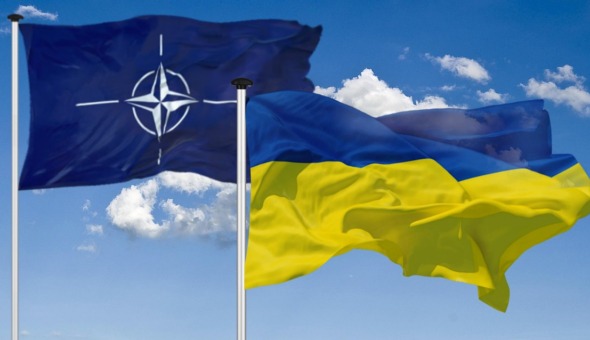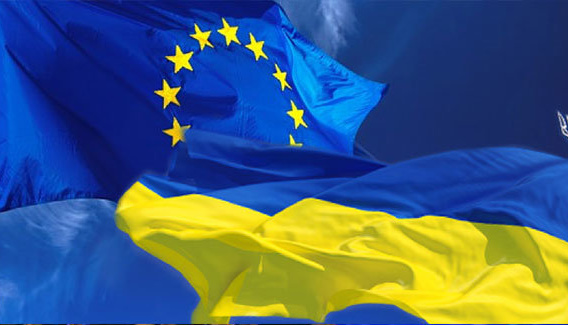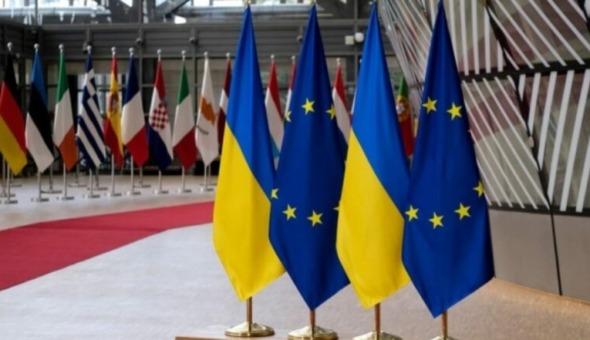
Yesterday, the Council of Europe’s Committee of Ministers approved a record 50 million euro Action Plan for Ukraine titled “Resilience, Recovery, and Reconstruction” for 2023-2026.
“This demonstrates that the European Union not only assigns us tasks and requirements, but also provides us with tools to help us implement our package of integration reforms,” – says Kateryna Musienko, an expert on international issues with the National Interests Advocacy Network “ANTS”.
This action plan was developed in close collaboration with the Ukrainian side and aims to strengthen democratic governance and the rule of law while also protecting human rights. It is also intended to support Ukraine’s reform program following the EU’s decision to grant Ukraine candidate status for EU membership.
The expert emphasizes that this assistance will be provided in collaboration with the Council of Europe’s Development Bank (CEB). The EBRD can contribute appropriately by partially financing investment projects with high social added value that promote inclusion and improve the living conditions of the most vulnerable populations. Similar assistance was provided in the form of grants and loans to Ukraine’s neighboring countries. As soon as Ukraine completes the final bureaucratic steps in the process of institutionalizing cooperation with the bank, the document will be updated to reflect such collaboration.
The Council of Europe will collaborate with Ukrainian authorities to address urgent needs and priorities such as better protection and effective implementation of human rights, strengthening institutions of the rule of law, combating crime, security, and citizen protection. Work will also be done to strengthen democratic governance and democratic participation, among other things.
“The four-year cooperation program’s total budget is estimated to be 50 million euros. This is the largest single-country budget for a Council of Europe Action Plan. It is true that this is an unprecedentedly large amount of aid that other countries have not previously received in a single package. The “Resilience, Recovery, and Reconstruction” plan is noteworthy and very positive in that it is very flexible and can change depending on the situation in Ukraine. Yes, the priority areas’ emphasis or the amount of assistance may shift here. This is a particular living mechanism. That’s a good thing because it makes this process more effective and less bureaucratic,”- according to the expert.
As a result, the Council of Europe will collaborate with Ukrainian authorities to address urgent needs and priorities, including by supporting the implementation of the steps outlined in the European Commission’s conclusion on Ukraine’s application for membership.
Ukraine’s task, according to Kateryna Musienko, is to effectively use this assistance so that it becomes a truly effective tool.
“Right now, we’re having issues with institutional potential. Since the start of the full-fledged invasion, many specialists have been either at the front or abroad. As a result, the issue of reform implementation is frequently hampered simply by a lack of specialists and, as a result, the institutions’ ability to develop specific reform projects. As a result, such assistance is both necessary and practical. This is, in a sense, a bureaucratic weapon: they provide us with a base of experts, financial assistance in developing mechanisms, and our own expert base, so that we can effectively prepare our documents, because our advancement in the EU is also dependent on this. After all, clear legislation must be developed and written down before it can be adopted and implemented. Unclearly written laws will stymie our integration.
The expert emphasized the formation of a special steering committee to oversee priority areas. And the results will be evaluated at the end of a certain time period.
“As a result, it is now up to Ukraine to capitalize on this opportunity,” – said Kateryna Musienko.



